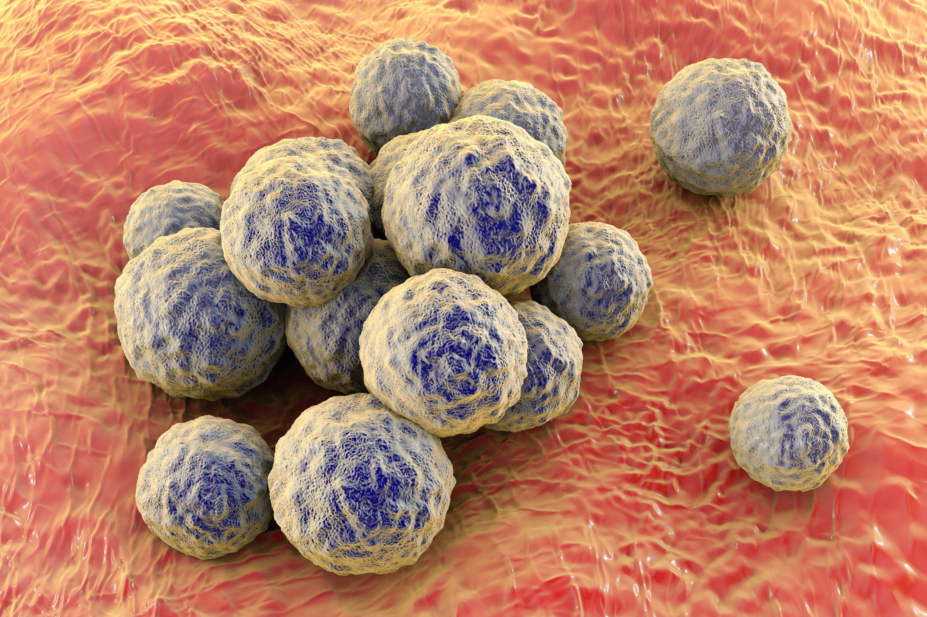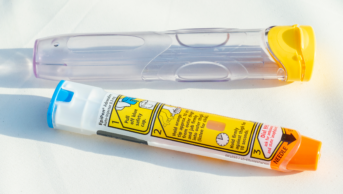
Shutterstock
Penicillin allergy is associated with an increased risk of methicillin-resistant Staphylococcus aureus (MRSA) and Clostridioides difficile (C. difficile) mediated by the increased use of ‘broad spectrum’ antibiotics, a study in The British Medical Journal has found[1]
.
The matched cohort study enrolled 301,399 adults without previous MRSA or C. difficile, 64,141 of whom had a penicillin allergy recorded in their medical records.
During the mean follow-up time of 6 years, 442 patients with penicillin allergy and 923 of the comparator patients developed MRSA; 442 patients with penicillin allergy and 1,249 comparator patients developed C. difficile.
Among patients with penicillin allergy it was found that the risk of MRSA and C. difficile increased by 69% and 26%, respectively, even after adjusting for several known risk factors.
Penicillin allergy also resulted in an increased use of beta-lactam alternative antibiotics, including a fourfold increased incidence of macrolides and clindamycin use and a twofold increased incidence of fluoroquinolone use.
The researchers found that increased use of beta-lactam alternative antibiotics accounted for 55% of the increased risk of MRSA and 35% of the increased risk of C. difficile.
They said that the results emphasise that outpatient use of antibiotics is strongly associated with the risk of developing MRSA.
“Systematically addressing penicillin allergies may be an important public health strategy to reduce the incidence of MRSA and C. difficile among patients with a penicillin allergy label,” the authors concluded.
References
[1] Blumenthal K, Zhang Y, Li Y et al. Risk of meticillin resistant Staphylococcus aureus and Clostridium difficile in patients with a documented penicillin allergy: population based matched cohort study. BMJ 2018;361:k2400. doi: 10.1136/bmj.k2400


